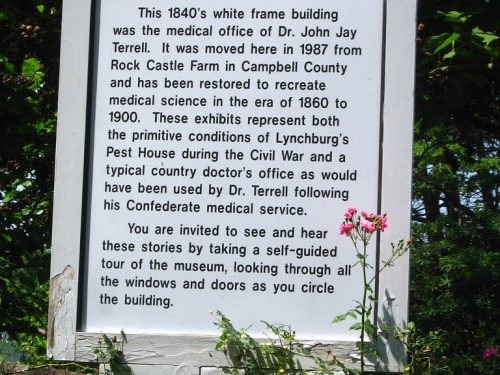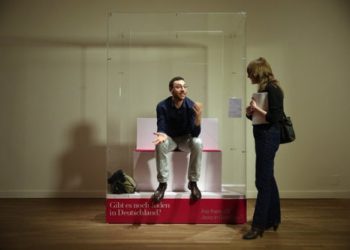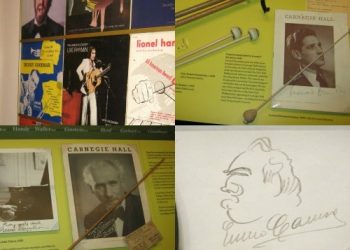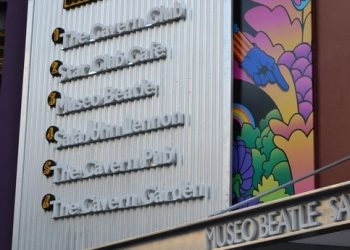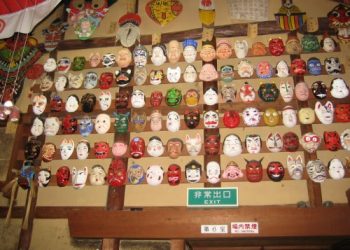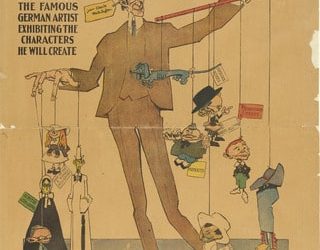A taphophile is someone who loves cemeteries and funerals, which is completely different from necrophilia, a sexual attraction to corpses. Did you know there is a law in Egypt called “Jamaa-ul-Widaa” (“Farewell Intercourse”) in which men can have sex with their dead wives up to six hours after their death? Of course that’s totally disgusting but let’s get back to the original point of this story, which is to talk about people who love cemeteries. I am one of those people, and I’d be happy to go on old cemetery road trip, if only time and money weren’t an issue. First on my list would be the Old City Cemetery in Lynchburg, Virginia, the oldest public cemetery in the state. There are five small “house” museums on the grounds that interpret the history of the cemetery, city and surrounding counties. Inside the Cemetery Center is the Mourning Museum. Dedicated to 19th- and 20th-century American mourning customs, the permanent exhibits interpret mourning attire, hairwork jewelry, the evolution of coffins and embalming, and funeral and mourning etiquette. So basically if you’re all morbid and like to talk about death all the time, like my grandmother, aunt and goth friend, then this is the place to be. But shit doesn’t end there. Visitors can also check out the Chapel and Columbarium, the Caretakers’ Museum and the Station House Museum, a historic C&O railway depot. But the best part is the Pest House Medical Museum, an old hospital built in the 1840s where people went to be quarantined, die and be buried. It’s kind of like those retirement homes or hospice facilities that are located right next to cemeteries. Every elderly person looks out their window and are reminded where they’re headed next. Anyway, the Pestilence House wasn’t really a hospital, more like a place to keep people with contagious diseases away from the general population. Most didn’t make it out alive, even though by the time Dr. John J. Terrell took over during the Civil War he reduced the mortality rate from 50 percent to 5 percent. Today the two-room building looks much as it did when the country doctor successfully treated Civil War veterans here in the mid-1800s. A memorial dedicated to the 102 soldiers who died of smallpox is not far from the museum in the Confederate Section of the Cemetery. But before you pay your respects to these fellas, make sure to check out Dr. Terrell’s original operating table, “poison chest,” “asthma chair,” hypodermic needle, clinical thermometer, chloroform mask and surgical amputation kit through the windows of the house.
